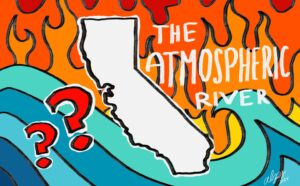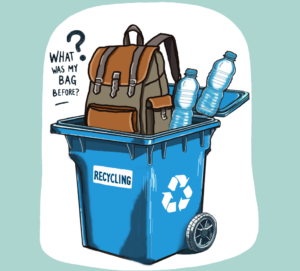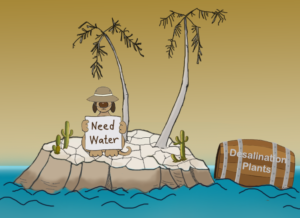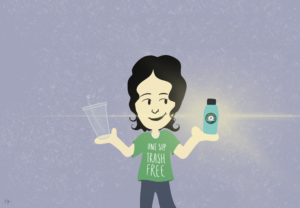Layered like fillings in a cake, the earth’s atmosphere is comprised of different layers that act as a blanket, keeping the planet warm and hospitable to life. The layers are the troposphere, stratosphere, mesosphere, thermosphere, and exosphere.
Today, we will be focusing on the troposphere.
The tropospheric layer is where life exists on Earth. That includes you, me, your dog, the tree outside your home, the roads, the car, and the mountains. Even the weather.
So what is tropospheric ozone formation, and why is it bad?
Ozone reminds many of the tragic stratospheric ozone depletion or the “ozone hole.” In this case, the ozone layer is crucial for absorbing ultraviolet radiation (UVB) and protecting life on Earth.
So you might be wondering why ozone layer formation in the troposphere is detrimental when the ozone is known as a protective “sunscreen”?
Let’s first talk about how ozone in the troposphere is formed.
Cars, or more specifically petroleum-based vehicles, and smokestacks emit nitrogen oxides and volatile organic compounds into the air.
UV ray splits the nitrogen oxides, or specifically nitrogen dioxide, into nitrogen monoxide and a single oxygen atom. The oxygen atom will react with a dioxygen molecule to form ozone (O3). In short, emissions from petroleum vehicles result in the formation of ozone at the tropospheric level.
From here, this ozone reacts with NO to form NO2 and O2. The NO2 or nitrogen dioxide can continue the ozone formation cycle.
Tropospheric ozone levels are usually high during warm summer months because hot sunny weather is ideal for the chemical reaction of ozone.
This ozone pollution in the troposphere has negative impacts. For example, it can exacerbate or lead to respiratory illnesses such as asthma or bronchitis. It can also scar lung tissue, irritate the skin, and deteriorate organic materials. It can cause corneal scarring and even chest congestion. Clearly, ozone pollution can cause countless health hazards.
It also results in the aesthetic appeal of the surroundings and can damage materials such as fiber, paint, and rubber.
What can we do to prevent tropospheric ozone formation?
We need to reduce emissions from petroleum-based cars. We can switch to alternative vehicles like hybrid, biofuel, natural gas, or hydrogen fuel cells. Or we can increase our use of public transit, bike more often, and carpool. We must also enact policies to regulate vehicles and the consequences resulting from the emissions.
The views and opinions expressed are those of the authors and do not necessarily reflect nor represent the Earth Chronicles and its editorial board.










